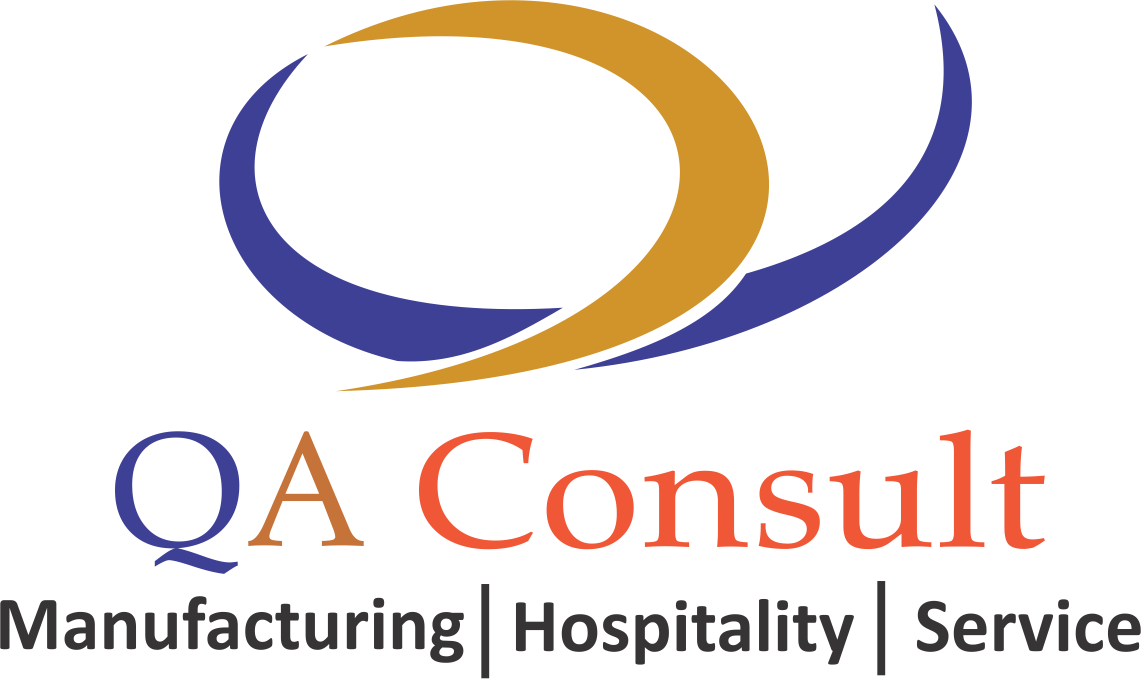Continual improvement in an organization?
Any business which embraces a culture of continual improvement grows quickly over time, in efficiency and effectiveness. Among the most widely used tools for continual improvement is a four-step quality model called the plan-do-check-act (PDCA) cycle also known as Deming Cycle.
Plan
Change they say is difficult, but when change happens, it normally comes to revolutionize the way we do things and our approach to procedures and processes is greatly enhanced. Planning is key in every activity, right from personal goals to organizational goals. Failure to plan would have a negative impact and may lead to poor execution. The needed impact of the change might not be achieved in the long run. At this stage, the team to communicate and lead the change would be put together and action plans prepared to effect the change.
Do
In the ‘DO’ stage of the PDCA cycle, implementation of the change should be on a small scale. It is similar to the challenge of eating a whole apple in one bite. You can only eat an apple one bite at a time. Responsibility for each action to realize success is very important. Realistic timelines should be attributed to every action and should be agreed by the one responsible.
Check: Once implementation takes off, remember to keep records of all the activities. Checking is what would inform you, whether the change is successful or not. The mistake we make in organizations is the fact that, the monitoring and checking stage is normally relegated to junior staff who may not have the passion to see that change.
By the way running a continual improvement activity involves the entire organization especially the department or function where the change is affecting most. If it is happening in a factory, the shop floor must be involved. Once you have their buy-in, implementation and monitoring goes smoothly.
The data gathered in the course of the implementation phase is what is referred to, in determining whether the change made a difference or otherwise. Here, quality of data is an important factor since the outcome of the analysis is what determines whether you’ve reached success or otherwise. From my experience in Quality auditing, there is a poor record keeping culture. If records are kept, they are scanty and not systematically taken. People do not sometimes see the need to record process parameters or records of transactions if you’re talking of non-manufacturing organizations.
Act
Conclusion
Some other benefits can be realized from the application of a continual improvement process in the areas of new product development, project management, supplier management and problem solving activities. Employ this process and see consistent growth in your organization
Johnson Opoku-Boateng is the Executive Director & Lead Consultant, QA CONSULT (Consultants and Trainers in Quality/Safety Management, Manufacturing Excellence and Food Safety) and can be reached on +233209996002, email: johnson@qaconsultgh.com.
Related Services
Businesses and Management Systems
Businesses and Management SystemsThere is no doubt that, there is an upsurge of businesses in Ghana. The good thing about this development is the fact that, the private sector seems to be leading this positive trend. Businesses however must have a competitive urge to...
Gold or Clean Drinking Water?
Gold or Clean Drinking Water?Water is life! This is scientifically proven and hence not a mere saying. It turns out that in Ghana, the availability of water has been taken for granted. We have rains most part of the year, there are lots of river bodies and wherever we...
Customer care and business growth
Customer care and business growthCustomers or clients are the people who patronize our products and services. They are the most important stakeholders in every organization and whether the organization will thrive or fizzle out, depends on this block of people. There...
Get In Touch
HEAD OFFICE
Aviation Highway , East Airport ( Spintex)
Landmark: Endpoint Homeopathic clinic



